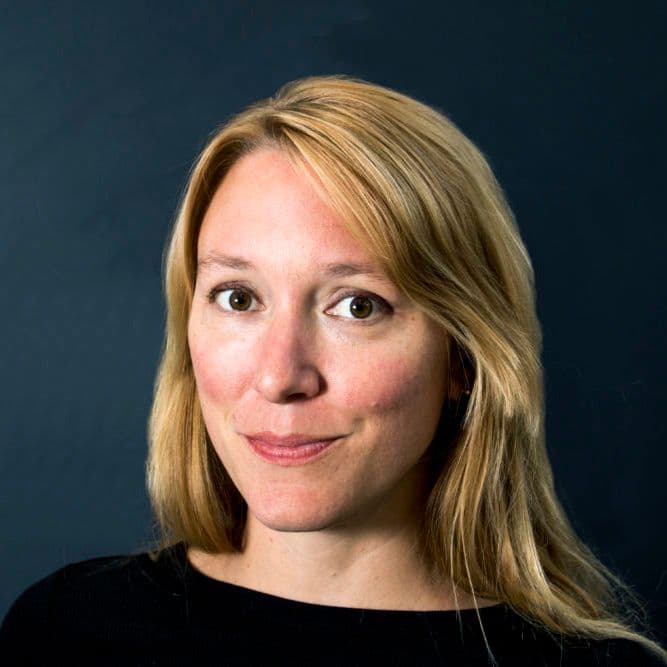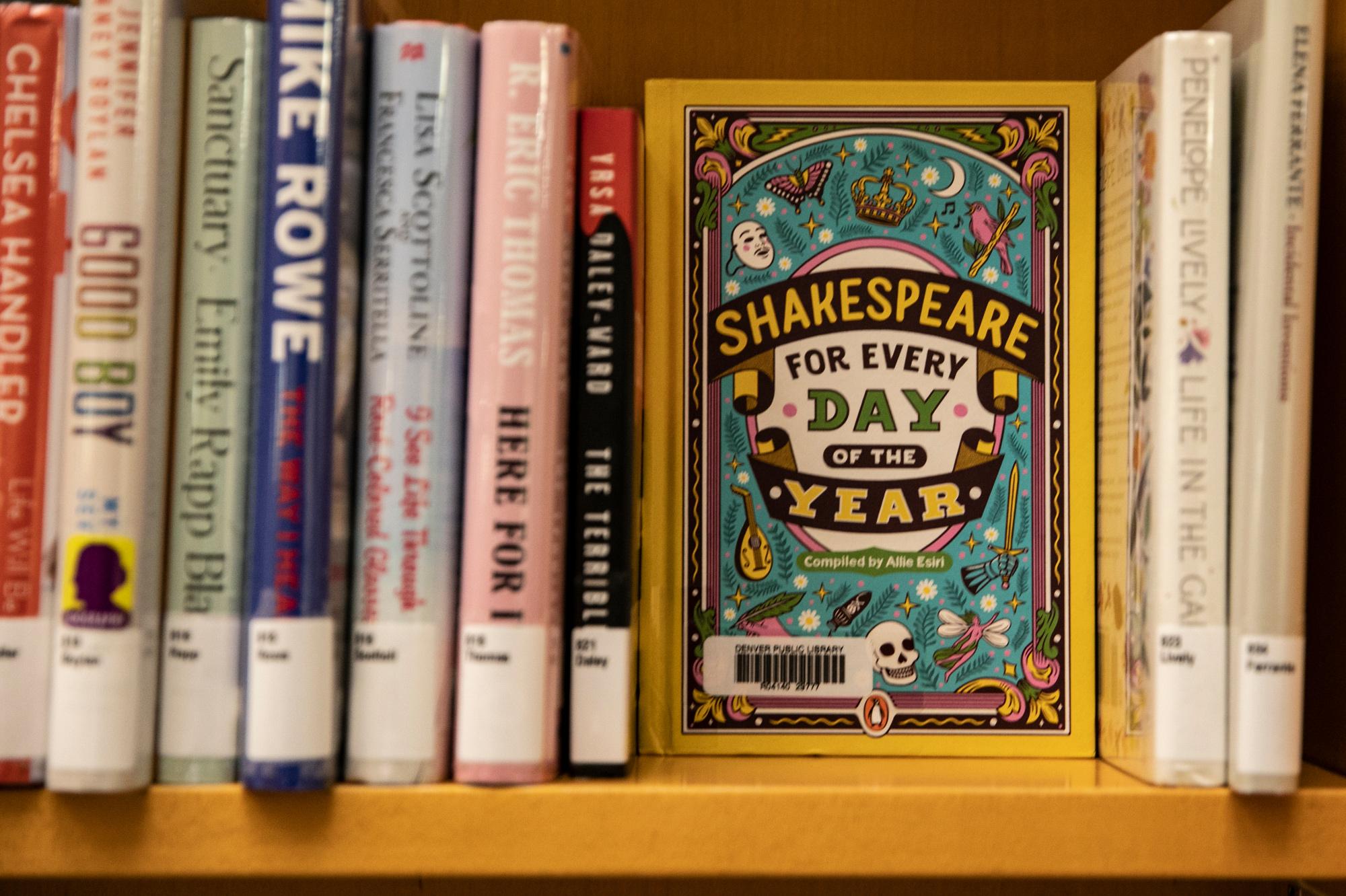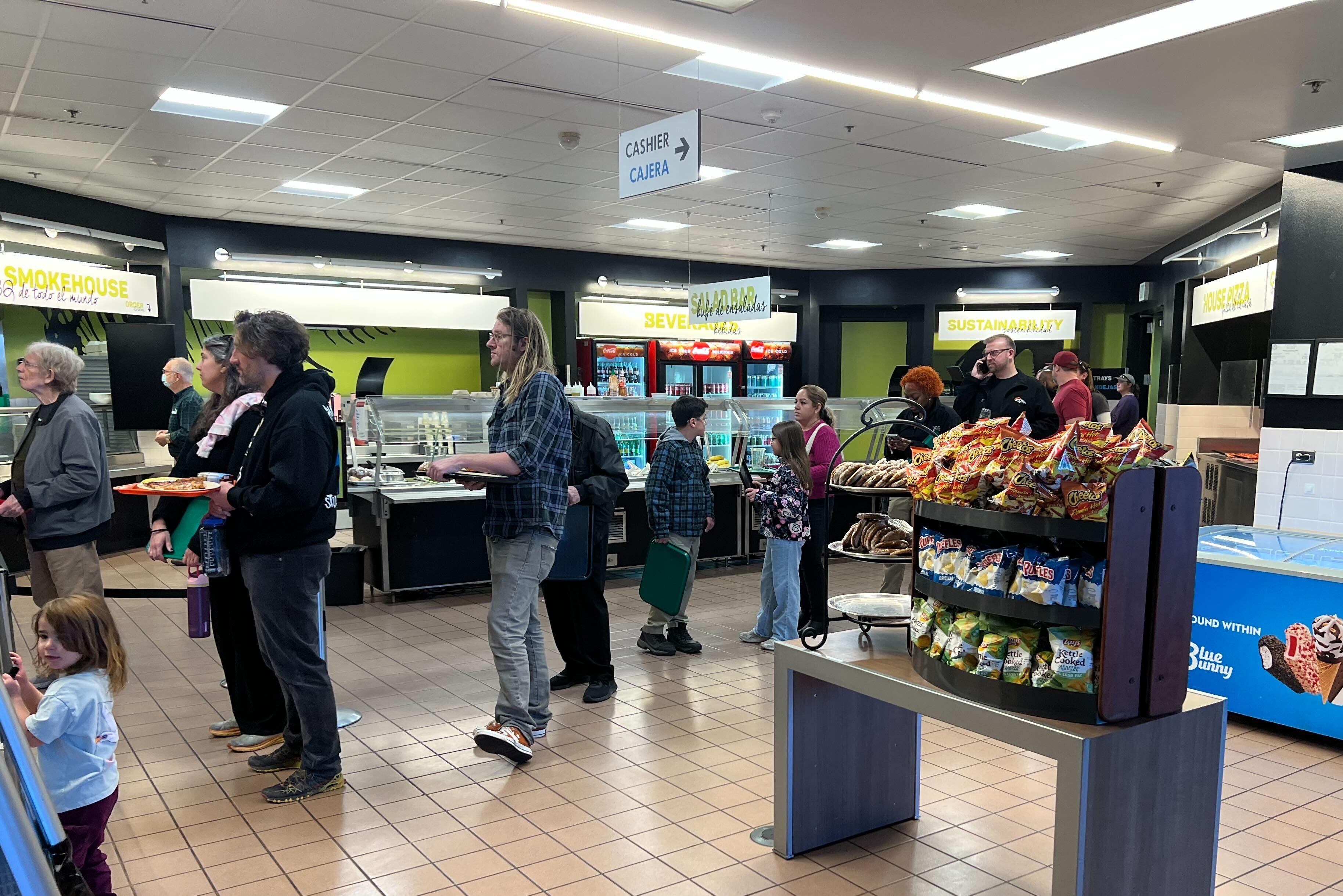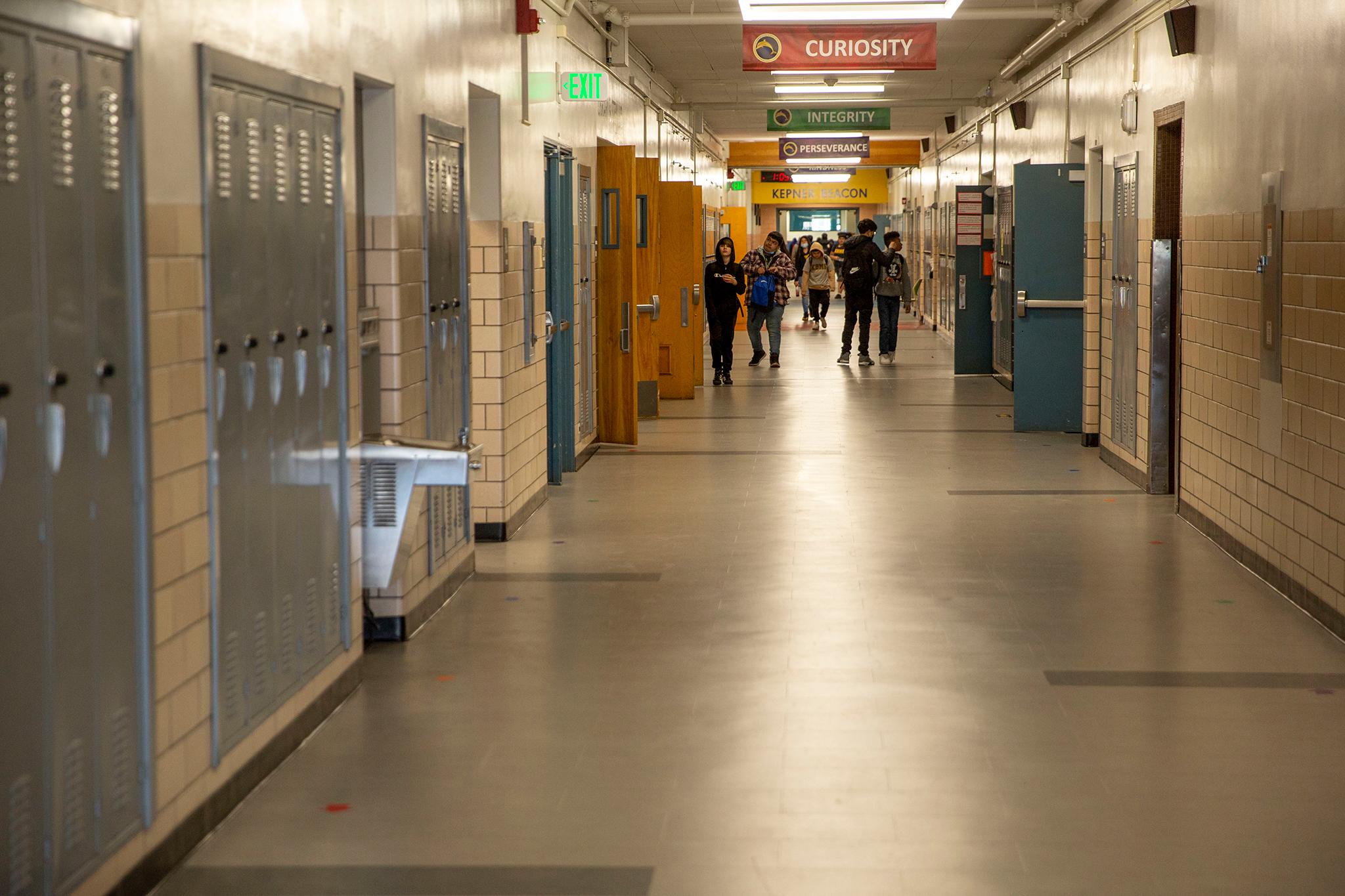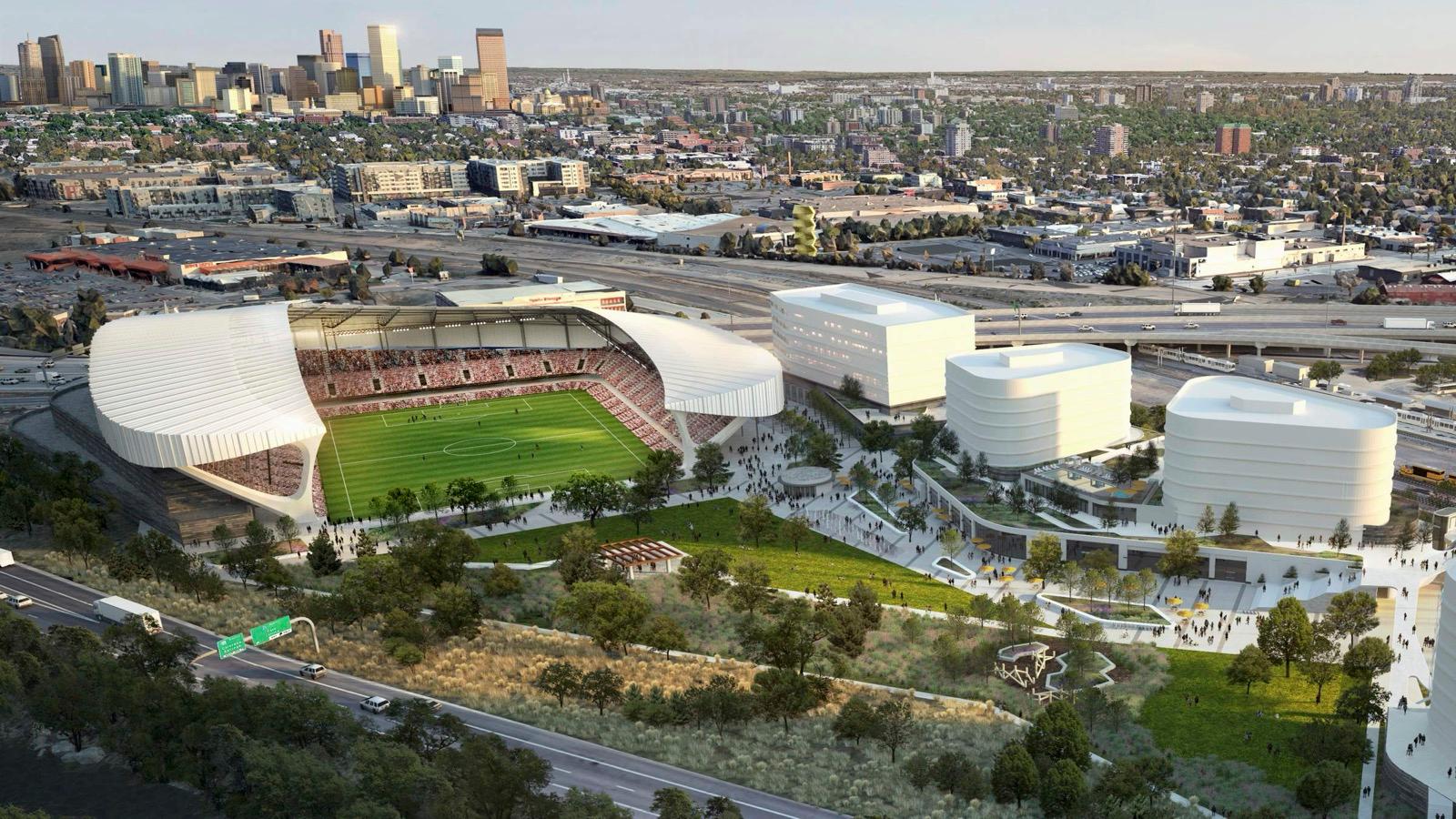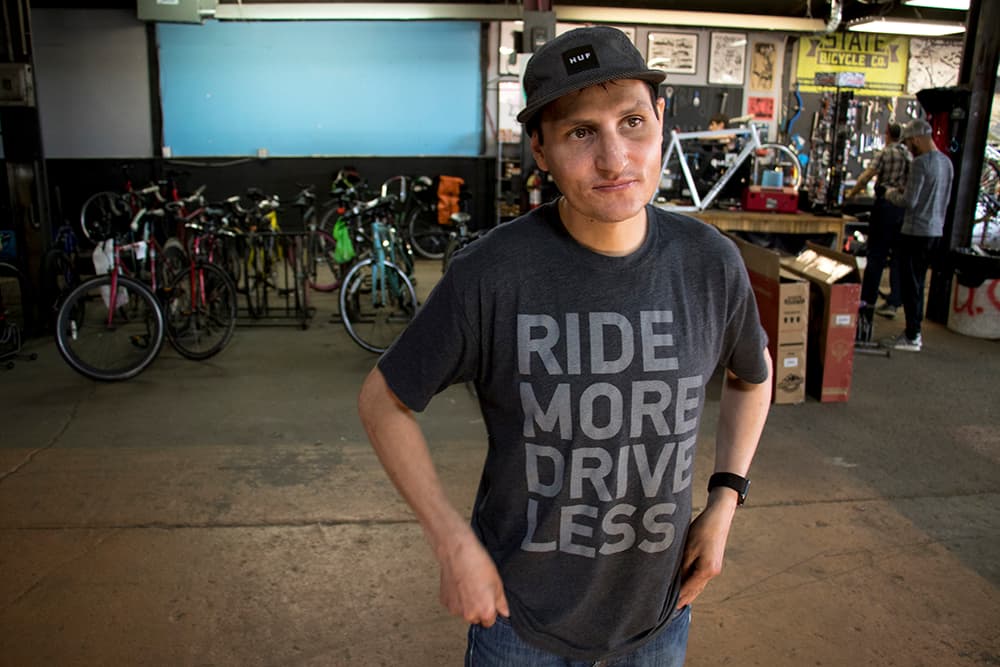
About two weeks ago, I got a phone call from Darrin Duran. He's the owner and founder of Urban Cyclist Denver, a bike shop currently housed inside an enormous old warehouse at 34th Street and Brighton Boulevard. Duran has a lot of extra space, he told me, and had been wondering if he could invite artists in to use it.
So he was turning to me, a journalist covering the DIY arts community, with deceptively simple question: Can he open up his space to artists?
"Of course it’s viable!" Molly Bounds nearly shouted when I explained the situation to her.
Bounds is a local printmaker and muralist currently in residence at RedLine, where she's been working with executive director Louise Martorano to find ways to get artists free or low-cost housing and studio space.
"Well, that sounds amazing," she continued. "That’s kind of the one thing — the biggest hurdle is just finding space. Artists have a lot of resources to keep the space up and do whatever buildouts they need to do. It’s just the space being available. Along Brighton? That seems insane."

It does, but there it sits — just a block from where Rhinoceropolis and Glob were operating live-work space for musicians and visual artists before the city evicted them late in 2016.
Urban Cyclist has been on Brighton since 2013, which doesn't sound very long, but on the Denver growth scale looks and feels like a lifetime. Duran first opened his shop across the street from The Source before moving into the current location at 3434 Brighton Blvd. in 2016, initially sharing the huge building with Mid Mod Retro Furniture Gallery.
(It's worth noting here that the building's owner is Larry Burgess, who has been a major player on Brighton since the late '70s and also owns the property where Rhinoceropolis and Glob sit.)
Mid Mod moved out of 3434 Brighton, and now Duran has 7,464 square feet of warehouse on a 12,500-square-foot lot all to himself.
"I don’t know, we’re just trying to get as creative as we can with this space," he said, "because nobody has this much space on Brighton Boulevard, right? Much less a cool bike shop."
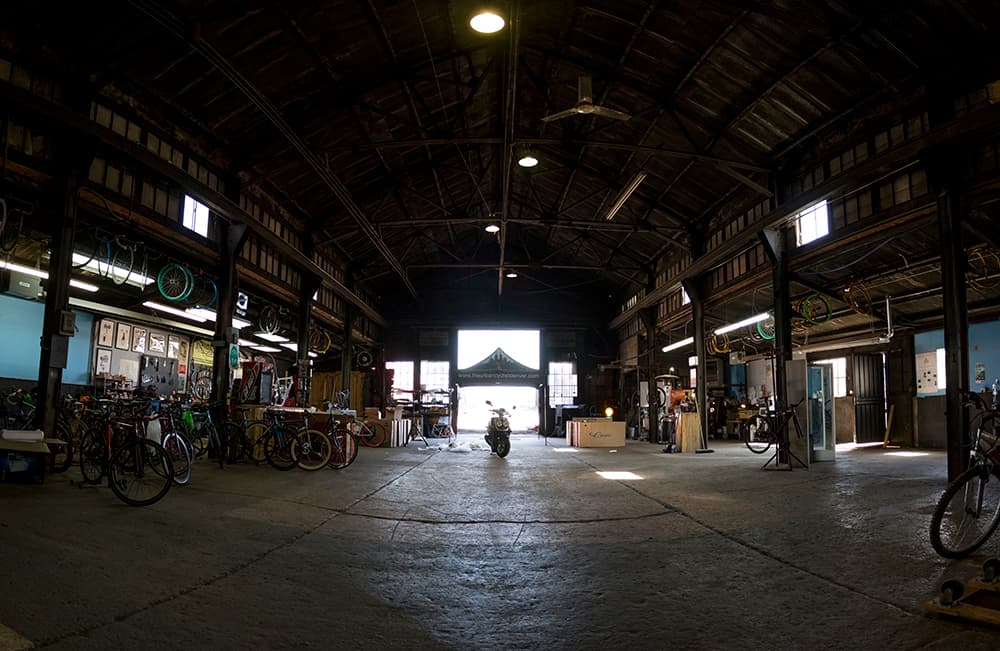
"Creative" seems to be the word on everyone's minds.
As the city, developers and artists themselves continue to grapple with ways to ensure artists' access to truly affordable living and working space, it's become increasingly clear that the current constraints are untenable.
"I think in a lot of ways we’re not very creative with our housing for creative people," said Will Kralovec, president of JJK Places and founding committee member of All In Denver.
Kralovec spent the first half of his career in real estate development and investments and "never gave any thought to the people living in it" before he got his second master's degree in city planning and urban development. He spent some time working for Denver's Office of Economic Development, then as director of master site development at the Urban Land Conservancy before he started JJK Places, a public benefit corporation, in January.
"My company is a real estate development company and I’ve got two main public purposes: to create more of what I call income appropriate housing in Denver and to create more economically accessible spaces targeted for community-focused uses."
The way he sees it, that includes supporting Denver's arts community. He's pursuing two development deals right now that he said could supply some "new artist maker space." He's been talking to artists and activists, including DIY advocate and All In Denver collaborator Bree Davies, about artists' needs and found that the live-work spaces offered now aren't really what they want or need.
As Bounds put it, "What affordable means in an artist’s head is so different from what affordable means to a developer."
So Kralovec said he's not going to try to give artists "fancy apartments" they don't need. Instead, he'll focus on studio, rehearsal and performance space.
"If we value art and culture, then we should value the creatives that make it," he said.
Bounds and RedLine, meanwhile, are looking for their own creative solutions.
"The DIY community is absolutely desperate for show space and any creative collaborative space for people to just join together, whether it’s for shows or rehearsal space," Bounds said. "I don't know if you've heard this, but it’s been a lot of kids opening up their houses trying to have shows and the buildings just structurally collapsing under them.
"No matter what, DIY is going to exist and it’s going to happen, so it’s going to get less safe and more underground if we don’t have somebody responsible trying to run it."
Davies said the same thing, relaying her partner Gregg Ziemba's experience on a recent tour with his band Rubedo. The band ended up booking 14 out of 16 shows in DIY venues and when he got home he told her, "the kids are fine."
"We can’t underestimate the counterculture of young people and how they figure out how to make things work, whether we know about them or not," Davies said. "We just can’t underestimate that DIY will continue. It does not matter what the economics of the city look like."
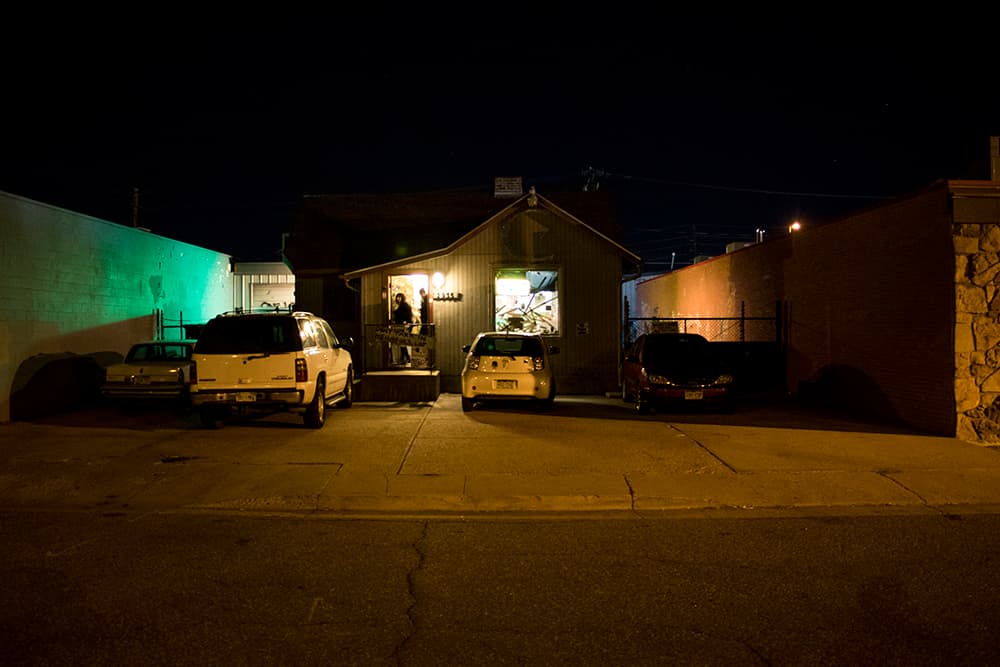
The city seems to understand that, and after some largely unsuccessful efforts to accommodate DIY artists last year in the wake of Rhino and Glob's shuttering, officials have been quietly meeting with artists.
It all started when Bounds met Studio Completiva Principal Yong Cho at a Title West event hosted by RedLine.
"The whole conversation was geared into how do we support and foster artists being able to stay in communities without adding to the domino effect that is gentrification," Bounds said. "It’s becoming increasingly recognized that artists play a big part in that because they increase visibility. They can just be this perfect pawn into exactly what developers want."
Cho facilitated the talk and afterward contacted Bounds because they agreed on so many issues. They started meeting somewhat regularly and discussed putting together what Bounds called a "design charrette." They held the first meeting on May 2, bringing city officials and artists together without the drama that can come with public meetings. The room broke up into groups to tackle different pieces of the puzzle.
"We had different groups set up looking at how can we change policy to make space more safe for artists and everybody who was kind of looking at different types of properties ," Bounds said. "...Every group was able to have a few artists to say, 'Here’s what I think would work.'"
There are at least two more of these charrettes planned. At the next, they'll start to build proposals, and at the third, they'll bring in people like architects and nonprofit developers, and people who know what kinds of properties are vacant and where.
Urban Cyclist isn't vacant, but there's a lot of space to spare and an open invitation.
Because the empty space is currently in little pockets and, primarily, just the center of the room, it's hard to describe the possibilities there for artists.
They're going to be moving things around, Duran said, but there's a ton of room — not to mention a big empty dirt lot out back and a tiny empty storefront right on the street.
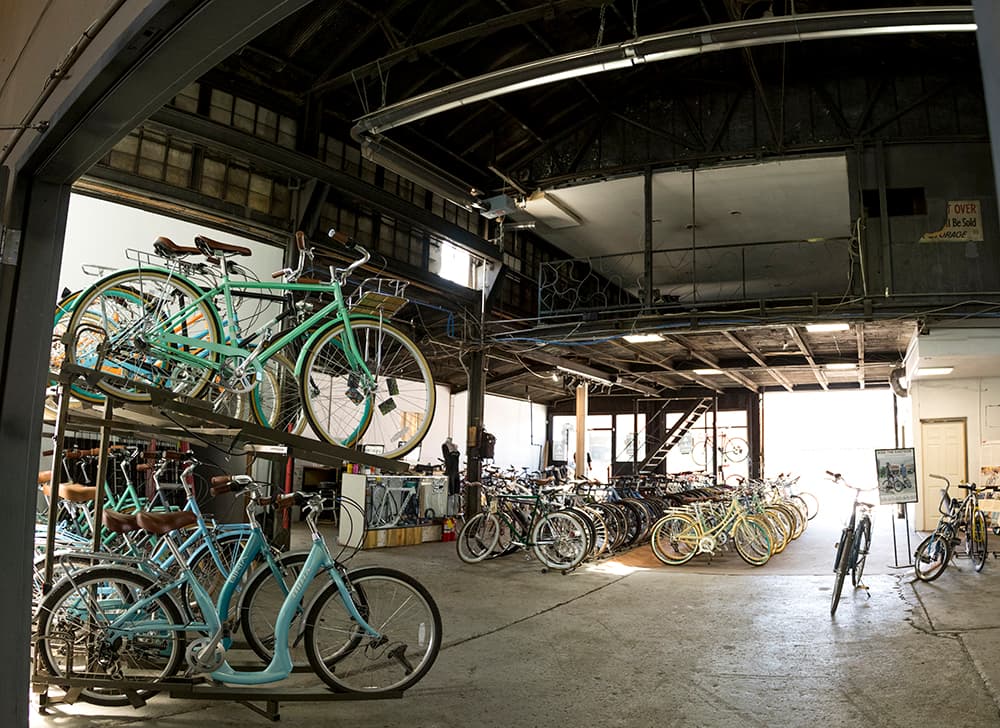
Kralovec said he's unsure of the legality of it all, not being familiar with the building or its zoning, but said it opens up some interesting discussion.
"I think it’s a great idea and there’s certain code reform [points]," he said. "If a DIY space is having a performance five times a year, should that require that that building should have to be brought up to code compliance as if they’re holding a concert every day of the year? Should there be some flexibility?"
Duran said he's only offering studio or rehearsal space, and only during the bike shop's hours, so his space doesn't face many of the concerns that live-work spaces might.
It's also a limited-time offer. He's ready to welcome artists right now, but the space is only available through the end of the summer, when Urban Cyclist will temporarily move out so the space can be rebuilt.
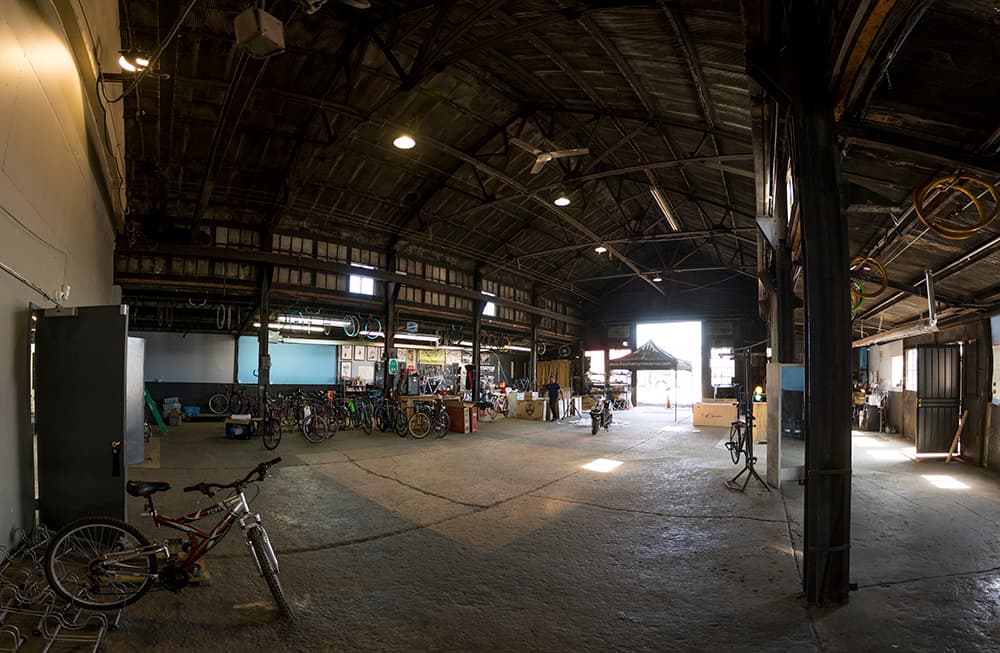
Within that window, though, he's flexible.
"I think we would be able to help out that kind of DIY person," he said, "where you’re not tied to a lease, like a heavy one, you know? Just, ‘Hey, I wanna be here for the month of May and see how it works out’ or ‘Hey, I wanna be here for June.’ Is it still working out for everyone? Just keep doing it. Because then we get to help all these people."
He's looking for input from the artist themselves on what would work, and isn't totally sure what he'll do rent-wise yet, either. He said he'd definitely charge for the storefront space, but the rest he could see giving away for free. At the most, he'd charge a very small amount.
Part of the appeal, as he sees it, is that the artists will bring people to the shop and the shop will bring people to the artists. He's planning frequent events there throughout the summer, including a big five-year anniversary June 21-23 with a special Denver Cruisers ride, bike valet, food trucks and more. It's mean to coincide with the end of construction on Brighton outside the shop — construction that will leave them with a protected bike lane right outside.
"We went through some pretty gnarly shit on Brighton Boulevard," Duran said, "and it’s high time we all reaped something from it."
